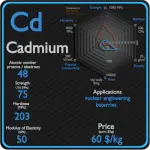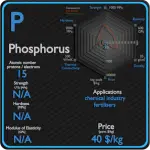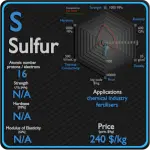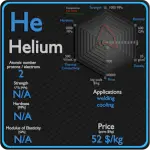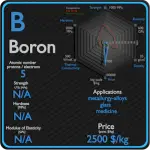This article contains comparison of key thermal and atomic properties of lithium and oxygen, two comparable chemical elements from the periodic table. It also contains basic descriptions and applications of both elements. Lithium vs Oxygen.
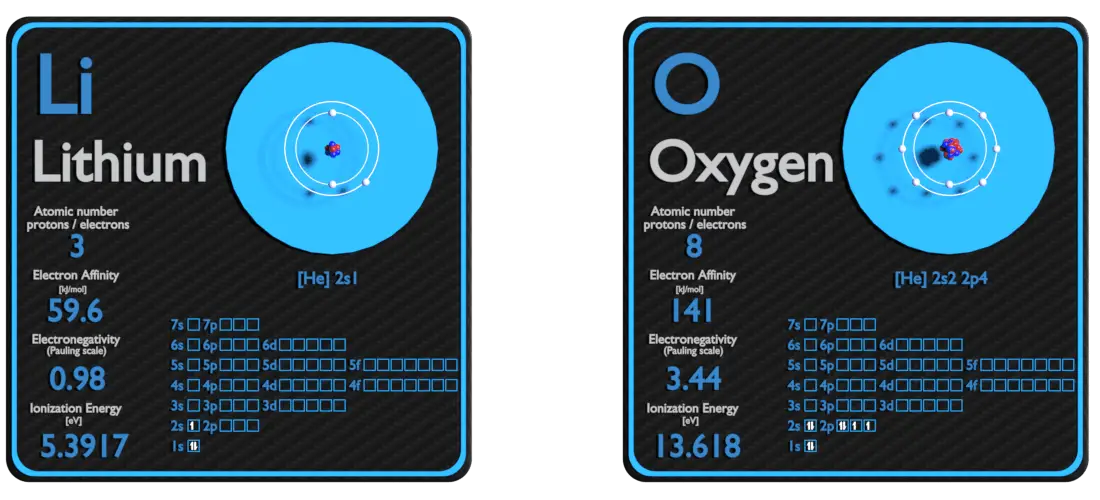
Lithium and Oxygen – About Elements


Source: www.luciteria.com
Lithium and Oxygen – Applications
Lithium
Lithium has many applications, from lubricating grease, alloying additions in particular for aluminium and magnesium alloys, to glazes for ceramics, and finally, lithium batteries. In particular, lithium is and will continue to play an increasingly important role in the battery-powered clean air future. Lithium batteries are widely used in portable consumer electronic devices, and in electric vehicles ranging from full sized vehicles to radio controlled toys. The term “lithium battery” refers to a family of different lithium-metal chemistries, comprising many types of cathodes and electrolytes but all with metallic lithium as the anode.
Oxygen
Common uses of oxygen include production of steel, plastics and textiles, brazing, welding and cutting of steels and other metals, rocket propellant, oxygen therapy, and life support systems in aircraft, submarines, spaceflight and diving. Smelting of iron ore into steel consumes 55% of commercially produced oxygen. In this process, oxygen is injected through a high-pressure lance into molten iron, which removes sulfur impurities and excess carbon as the respective oxides, sulfur dioxide and carbon dioxide. Uptake of oxygen from the air is the essential purpose of respiration, so oxygen supplementation is used in medicine. Treatment not only increases oxygen levels in the patient’s blood, but has the secondary effect of decreasing resistance to blood flow in many types of diseased lungs, easing work load on the heart.
Lithium and Oxygen – Comparison in Table
| Element | Lithium | Oxygen |
| Density | 0.535 g/cm3 | 0.00143 g/cm3 |
| Ultimate Tensile Strength | 1.5 MPa | N/A |
| Yield Strength | N/A | N/A |
| Young’s Modulus of Elasticity | 4.9 GPa | N/A |
| Mohs Scale | 0.6 | N/A |
| Brinell Hardness | 5 MPa | N/A |
| Vickers Hardness | N/A | N/A |
| Melting Point | 180.5 °C | -218.4 °C |
| Boiling Point | 1342 °C | -183 °C |
| Thermal Conductivity | 85 W/mK | 0.02674 W/mK |
| Thermal Expansion Coefficient | 46 µm/mK | — µm/mK |
| Specific Heat | 3.6 J/g K | 0.92 J/g K |
| Heat of Fusion | 3 kJ/mol | (O2) 0.444 kJ/mol |
| Heat of Vaporization | 145.92 kJ/mol | (O2) 6.82 kJ/mol |






